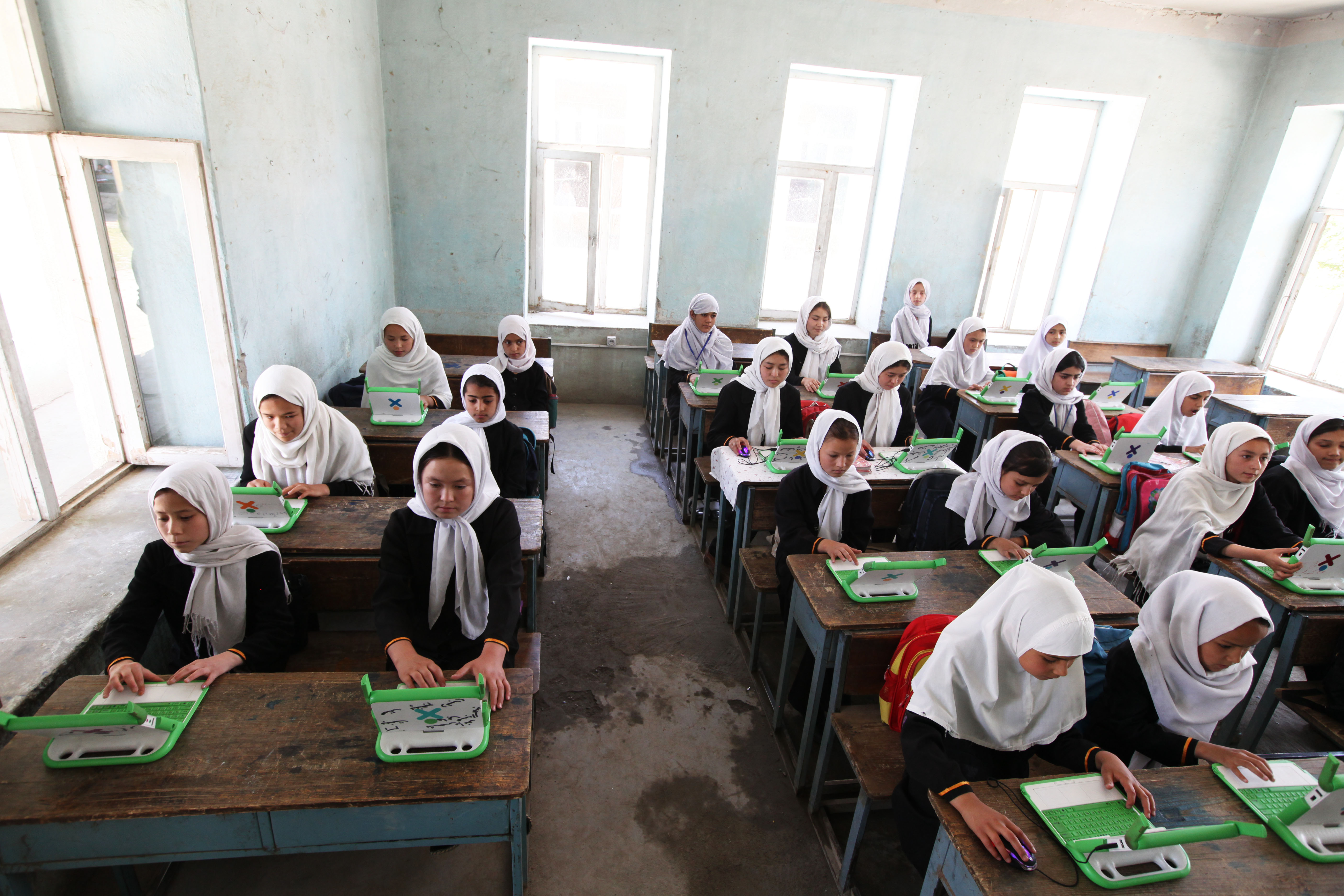Christoph Derndorfer recently interviewed Rangan Srikhanta, CEO of OLPC Australia, about their plans for the coming year. An excerpt:

You recently launched a new initiative called “One Education” and received $11.7 Million in government funding… Can you tell us more about these developments?
We pitched to the Australian government to kick-off a pilot for 50,000 XOs… a $20m project that would including funding from schools, corporations as well as from government. The program will also provide at least 15 hours of teacher professional development (via moodle) to over 2,500 teachers [to] kick-start a movement to make OLPC the program of choice for primary school children.
What are the biggest challenges that you need to address before you can turn OLPC Australia’s vision into a reality?
Scaling our operations to meet the demand (2 months ago we were a 2,500 XO an year organisation, now we are proposing to do 50,000 in one year) that will be coming through our very small offices in the next 12-18 months. In Australia there are high expectations for service delivery/support.


